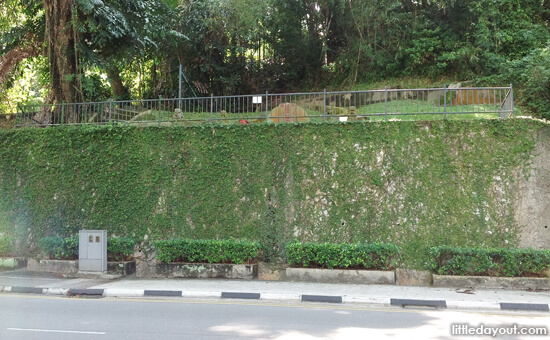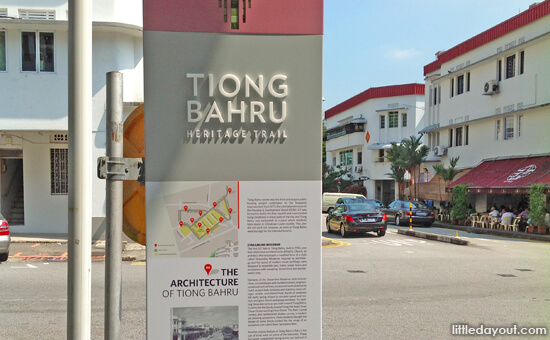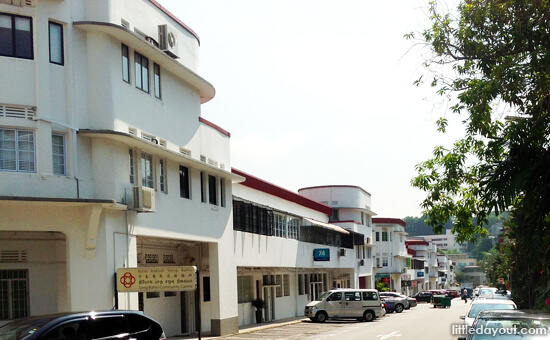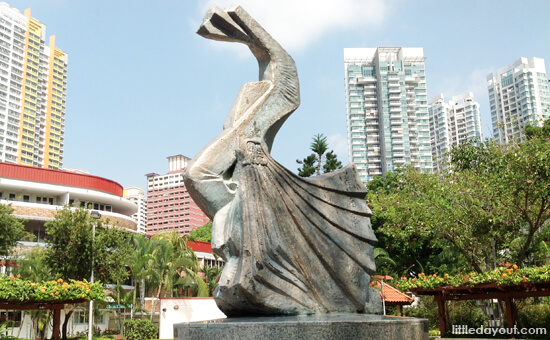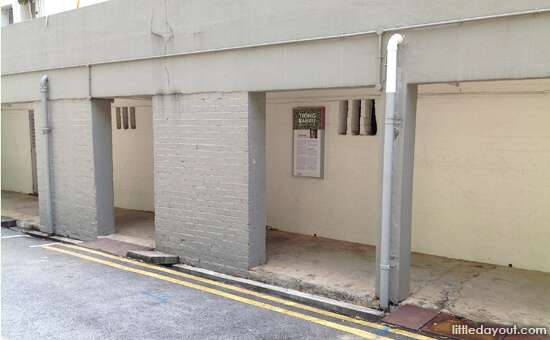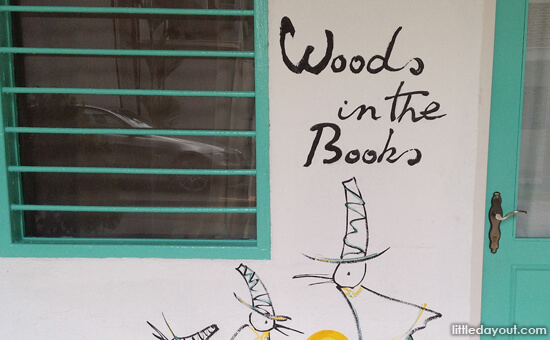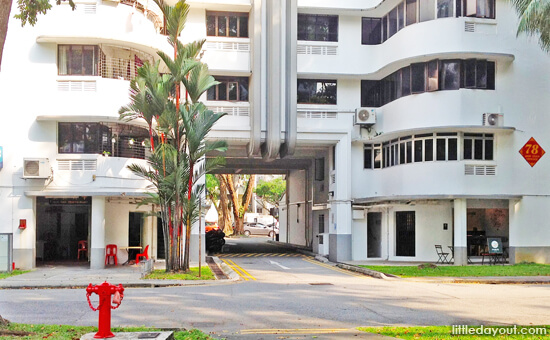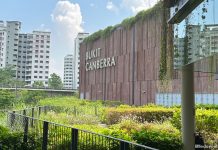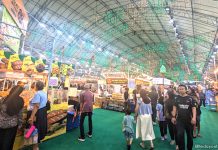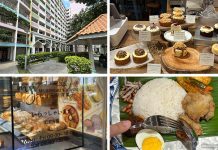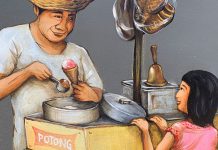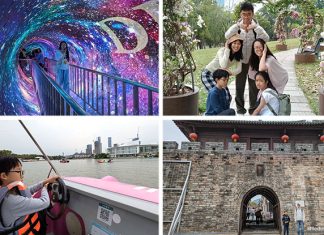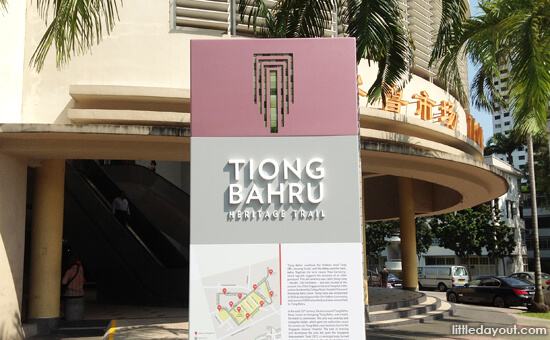
For the typical Singaporean, Tiong Bahru evokes images of good food. Tiong Bahru pau, soon kueh, fish balls and bak kut teh all come to mind. More recently, the neighbourhood has even lent its name to an upmarket artisan bakery as well.
But is there more to this old neighbourhood beyond food? What secrets do Tiong Bahru’s low-rise flats and narrow streets hide?
With the Tiong Bahru Heritage Trail officially launched on 14 April 2013, we uncovered hidden secrets. This trail is part of the National Heritage Board’s efforts to capture and bring to life the history of neighbourhoods around Singapore.
There are a total of 10 stops along the 2.5 km heritage trail and you can expect to take about an hour to complete the entire trail.
GIVEAWAY: Stand to Win Family Tickets to ZOOOM by Patch Theatre Worth $200
3 Recycling Adventures: Fun Ideas For Kids & Families
1:1 & Small Group English Lessons: How to Get Personalised, English Help
History of Tiong Bahru
77-year old Tiong Bahru is one of the oldest estates in Singapore. It was formerly the site of a cemetery. In fact, the word “Tiong” is Hokkien for “to die” and “Bahru” is Malay for “new”.
From 1859, the area was used as a burial ground for the Hokkien community and even up till the early 20th century, the area mainly consisted of farms and cemeteries. The last graves were removed from the area in 1930.
In the 1930s, the Singapore Improvement Trust, the colonial predecessor to the Housing & Development Board, started preparing the area for housing. The first flat was completed in December 1936 and you can still see it today, numbered as Block 55, along Tiong Bahru Road.
Following the Trail
The trail starts off at Tiong Bahru Market and ends among the housing blocks at Lim Liak Street.
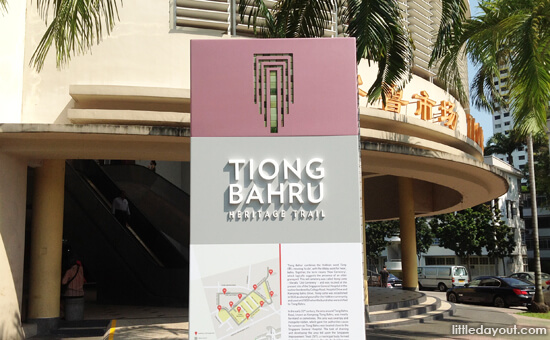
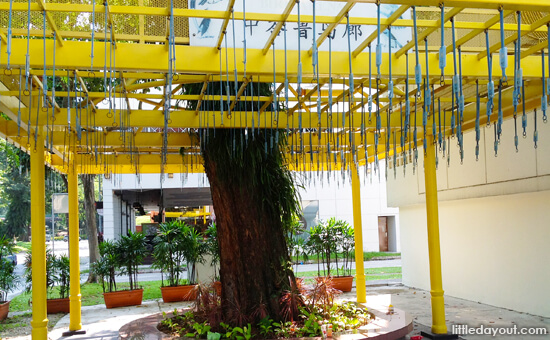
Some of us must have driven past this little hillock countless times but never realised that there lies the grave of one of Singapore’s most well-known philanthropist.
The next few stops on the trail recount the history of the Outram area, architecture of the Tiong Bahru area and the role of the community centre, a novel idea in the late 1940s and early 1950s.
The flats along Tiong Poh Road are pre-war. They were based on a distinctive Art Deco style known as “Streamline Moderne”.
If you look closely at the buildings, you will notice that they were designed to mimic the streamlined and aerodynamic features of cars, trains, ocean liners and aeroplanes of the pre-war era.
The trail leads on to Seng Poh Garden and the “Horseshoe Block” or Block 78 at Guan Chuan Street.
The Dancing Girl sculpture in the garden was created by Lim Nang Seng who also sculpted the two Merlions at Merlion Park by the mouth of the Singapore River.
The “Horseshoe Block” is also known as “Gor Lau” or “five-storey flat” in Hokkien as it was the only five-story building in Tiong Bahru at one time.
It is also historically significant as it houses the first civilian air raid shelter in a public housing estate. This was back in 1939, as war clouds loomed over Asia, and way before the HDB bomb shelters of today.
You can see the air raid shelter underneath the block but it is pretty unremarkable from the outside. Occasionally, it may be opened up the public. Keep a look out for those occasions.
But is the Tiong Bahru Heritage Trail for Kids?
The heritage trail would make an interesting outing for history buffs. The markers are well written and informative, although it would have been better if there were some directions provided on how to get from one marker to the next.
As interesting as it is, it could be difficult to bring young children around the entire trail.
Instead, what we recommend for families who wish to explore the area is to stop by for a meal followed by a short walk.
The architecture makes the area interesting to explore. Small esoteric shops such as Woods in the Books draw browsing shoppers in as well.
With the re-gentrification of the area, mod cafes and hip dining places sit side-by-side with the traditional.
You can choose between upmarket Sunday brunches or old-world kaya toast, all in the same locale. Of course, the famous Tiong Bahru Market is also found there.
Even if you don’t go on the Tiong Bahru Heritage Trail, there are plenty of ways to appreciate the heritage of Singapore’s first housing estate.
You can also download the National Heritage Board’s Tiong Bahru Heritage Trail Brochure.




